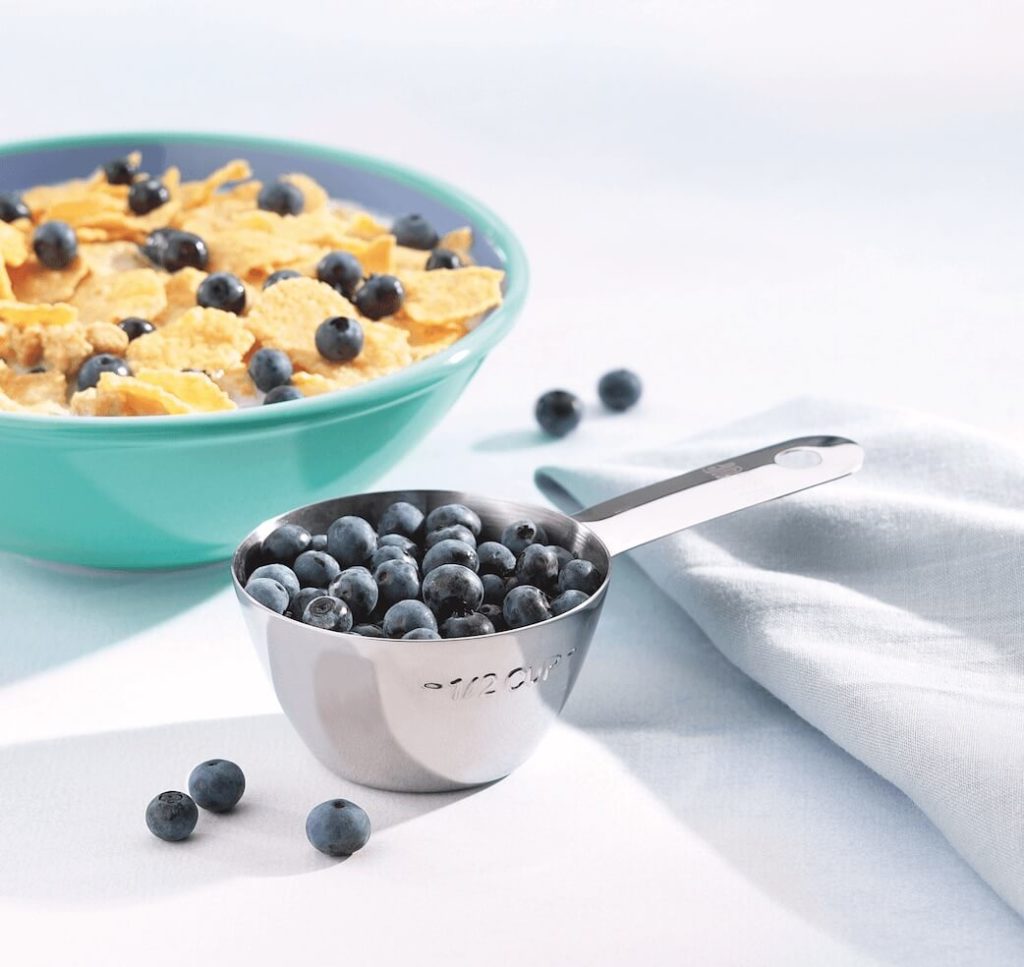Men’s Health Week: Three Top Nutrition Tricks for Guys
Hey guys, it’s all about you this month!

It’s not only Men’s Health Month, it’s Men’s Health Week (June 15-21)! What better time than now to give your nutritional health a little attention? After all, the links between diet and health apply to both women and men. Yet, according to statistics from the Agency for Healthcare Research & Quality, men are:
- 22% more likely to have neglected their cholesterol tests
- 24% less likely than women to have visited a doctor within the past year
- 32% more likely to be hospitalized for complications from diabetes
Don’t be one of those guys! Eating a healthy diet can have a beneficial effect on many common health concerns for men, such as weight control, diabetes, and heart health. Hey, we are all busy, but think of it this way: revamping your eating habits is something that can be done at home—no co-pay or waiting room required. (Though if you did want some professional help, consulting a Registered Dietitian is a smart way to go.)
Here are our top three tips to help you “man up” in the good nutrition department…

#1: Update your plate to focus on fiber
Research shows that most of us get far less than the 20-35g of fiber recommended each day. On the other hand, most of us get plenty of protein. Sometimes men are over-concerned with protein—and often at the expense of fiber-filled foods. Neglecting fiber leads to, um, elimination issues (and in combination with a high protein diet that problem is magnified). You can easily rearrange your plate to be more in line with what health experts recommend as far as portions and types of foods. First, move the meat out of the middle of your plate (give it a quarter of the plate space). Then fill half the plate with vegetables and fruit. Eating plenty of produce can make a big dent in your daily fiber goal—which will help you feel full on fewer calories and will also increase your intake of a wider variety of nutrients and beneficial plant chemicals (called phytochemicals). Research indicates that a diet with lots of fiber can also help with insulin control—good news for those at risk of Type 2 diabetes. Depending on age and activity level, men need at least 2 cups of fruit and 2 ½-4 cups of vegetables each day. (Find out exactly how much you need with this handy Fruit and Vegetable Calculator from the Centers for Disease Control.) Fruits and veggies have lots of fiber, and berries are a good example. A cup of frozen Wild Blueberries provides 6.2 grams of fiber—about 25% of the Daily Value for fiber. (By the way, frozen fresh Wild Blueberries contain double the amount of fiber than regular blueberries per serving because their small size means more berries per cup—more berries equals more berry skins and that means more fiber).
#2: Swap out a sweet for some fruit
This is an easy fix that will boost nutrients in your diet while cutting calories and fat at the same time—and let’s face it, eating fruit isn’t exactly tough. It doesn’t take too long before you’ll have trained your taste buds to prefer naturally sweet fruit (fresh or frozen, doesn’t matter) over excessively sweetened treats made from added, refined sugar. At the deli or cafeteria, skip the brownie and grab an apple, banana or pear instead. At home, a nice bowl of Wild Blueberries (available in the frozen isle of the grocery story) will do the trick. Earn some bonus nutrition points by adding a dollop of Greek yogurt on top.
#3: Eat (don’t drink) your calories
They don’t call it a “beer belly” for nothing. But whether you’re talking juice, soda, alcohol, even energy drinks, guzzling caloric beverages can easily put your day’s calorie tally over-the-top. The truth is that calories from liquids don’t contribute to the feeling of satiety as much as calories from solid foods. In other words, we can gulp down several hundred calories in a jiffy, but our bodies aren’t great at registering that we’ve consumed them. So, eating beats drinking for helping us feel full—and making those foods fiber-rich choices (see #1) is a good place to start.

